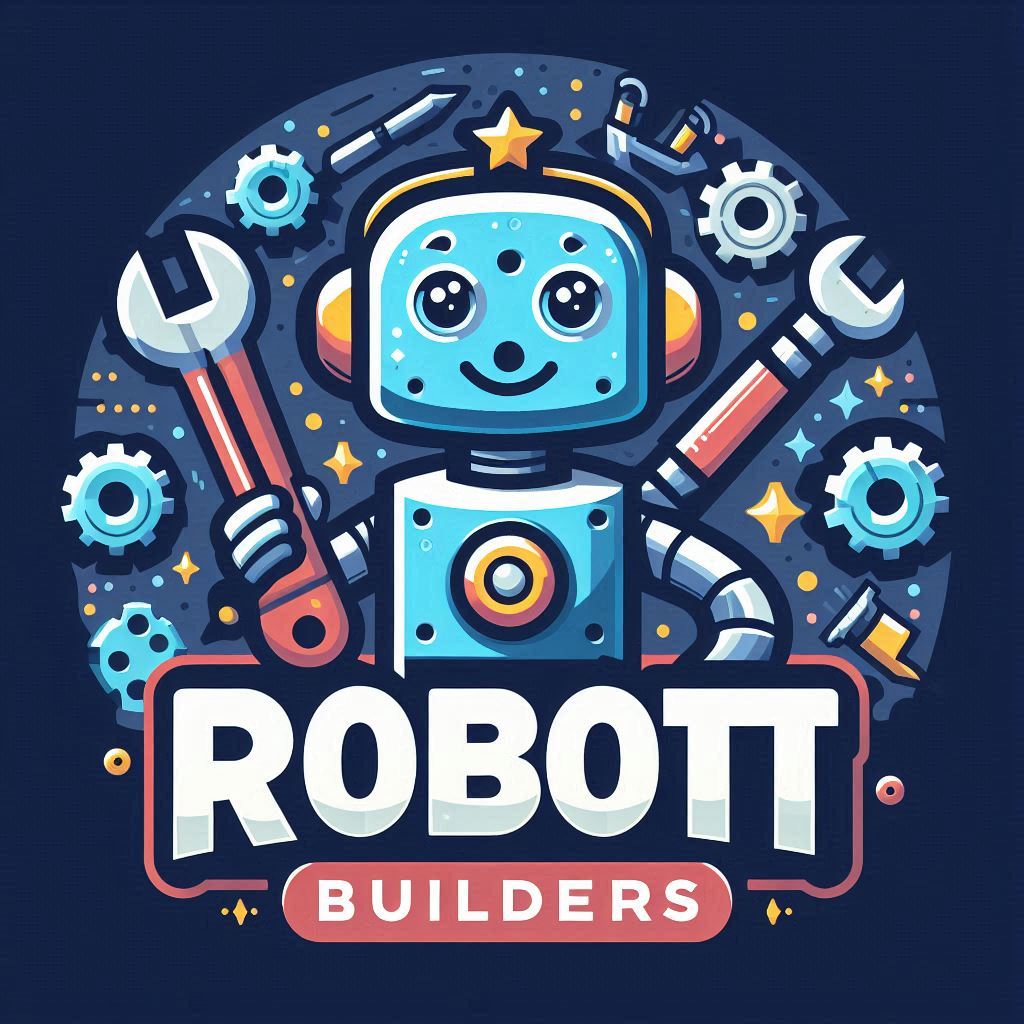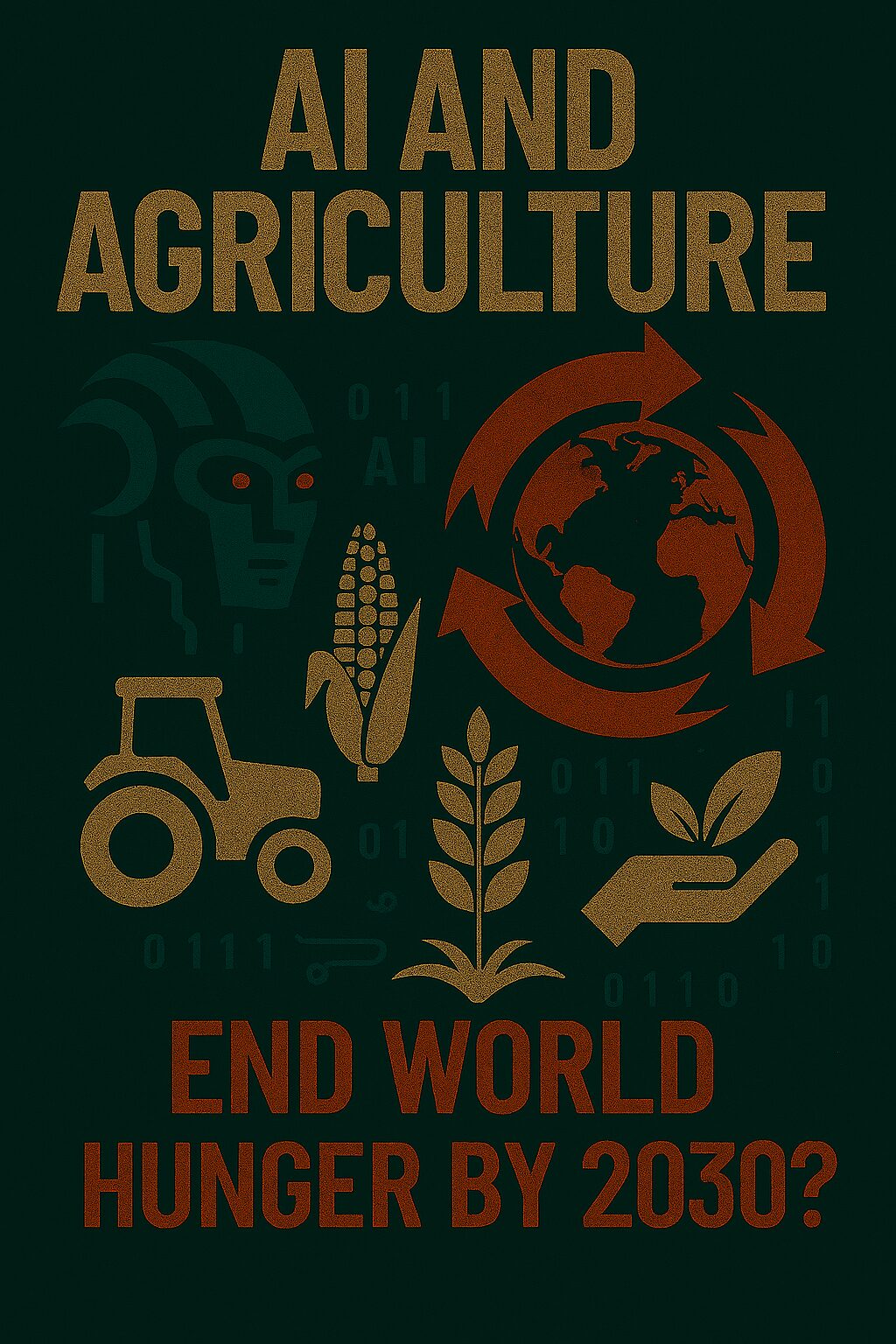Introduction: A Global Crisis Meets Intelligent Innovation
In 2025, over 735 million people still face chronic hunger, driven by climate change, soil degradation, and geopolitical instability. Traditional farming methods struggle to meet the demands of a growing population. But artificial intelligence (AI) is reshaping agriculture—offering precision, scalability, and resilience. Could AI be the key to ending world hunger by 2030?
🤖 What Is AI in Agriculture?
AI in agriculture refers to the use of machine learning, computer vision, and predictive analytics to optimize farming operations. These technologies help:
- 🧠 Predict crop yields and weather patterns
- 🌱 Diagnose plant diseases and pest infestations
- 🚜 Automate irrigation, fertilization, and harvesting
- 📊 Analyze soil health and recommend treatments
- 📡 Monitor farmland via drones and satellite imagery
In Cameroon, farmers use an AI-powered app to scan crops, detect pests, and receive tailored treatment advice—boosting productivity on depleted soils.
📈 How AI Is Transforming Food Security
| AI Application | Impact on Hunger Reduction |
|---|---|
| 🌾 Precision Farming | Increases yields and reduces resource waste |
| 🛰️ Remote Sensing | Monitors crop health and land use in real time |
| 🧪 Disease Detection | Prevents crop loss through early intervention |
| 📊 Supply Chain Optimization | Reduces food waste and improves distribution |
| 🧠 Yield Forecasting | Helps governments plan food reserves and aid |
The World Food Programme uses AI to analyze drone images and assess damage in emergencies—speeding up food aid delivery and maximizing impact.
🧪 Real-World Examples in 2025
- 🌍 Columbia Engineering received $2.7M to develop AI tools for sustainable farming in sub-Saharan Africa
- 🚜 BeeHero’s AI sensors optimize pollination and boost crop yields across North America
- 🛰️ UN-backed initiatives use AI to map hunger hotspots and deploy targeted interventions
- 🌾 AI-driven irrigation systems reduce water use by up to 30% in drought-prone regions
These innovations show that AI isn’t just theoretical—it’s already feeding communities and transforming agriculture.
⚠️ Challenges and Ethical Considerations
Despite its promise, AI in agriculture faces hurdles:
- 🛠️ Infrastructure gaps in low-income regions
- 🔐 Data privacy concerns from smart farming tools
- ⚖️ Risk of excluding smallholders from tech-driven systems
- 🧮 High energy costs for training AI models
Solutions include open-source platforms, inclusive design, and public-private partnerships to ensure equitable access.
🛡️ How to Achieve Zero Hunger by 2030
✅ Key Strategies:
- Invest in AI-powered agricultural infrastructure
- Train farmers in digital literacy and tech adoption
- Support local innovation hubs and agritech startups
- Align global food policies with AI-driven insights
- Promote ethical and sustainable AI development
🔑 SEO Keywords to Target
- AI in agriculture 2025
- ending world hunger with technology
- precision farming and AI
- smart farming solutions
- agricultural innovation for food security
- AI crop monitoring
- sustainable farming with artificial intelligence
🧭 Conclusion: Intelligence Meets Humanity
In 2025, AI is more than a tool—it’s a lifeline. By transforming how we grow, distribute, and protect food, artificial intelligence offers a path toward ending hunger. But success will require collaboration, ethics, and investment.

